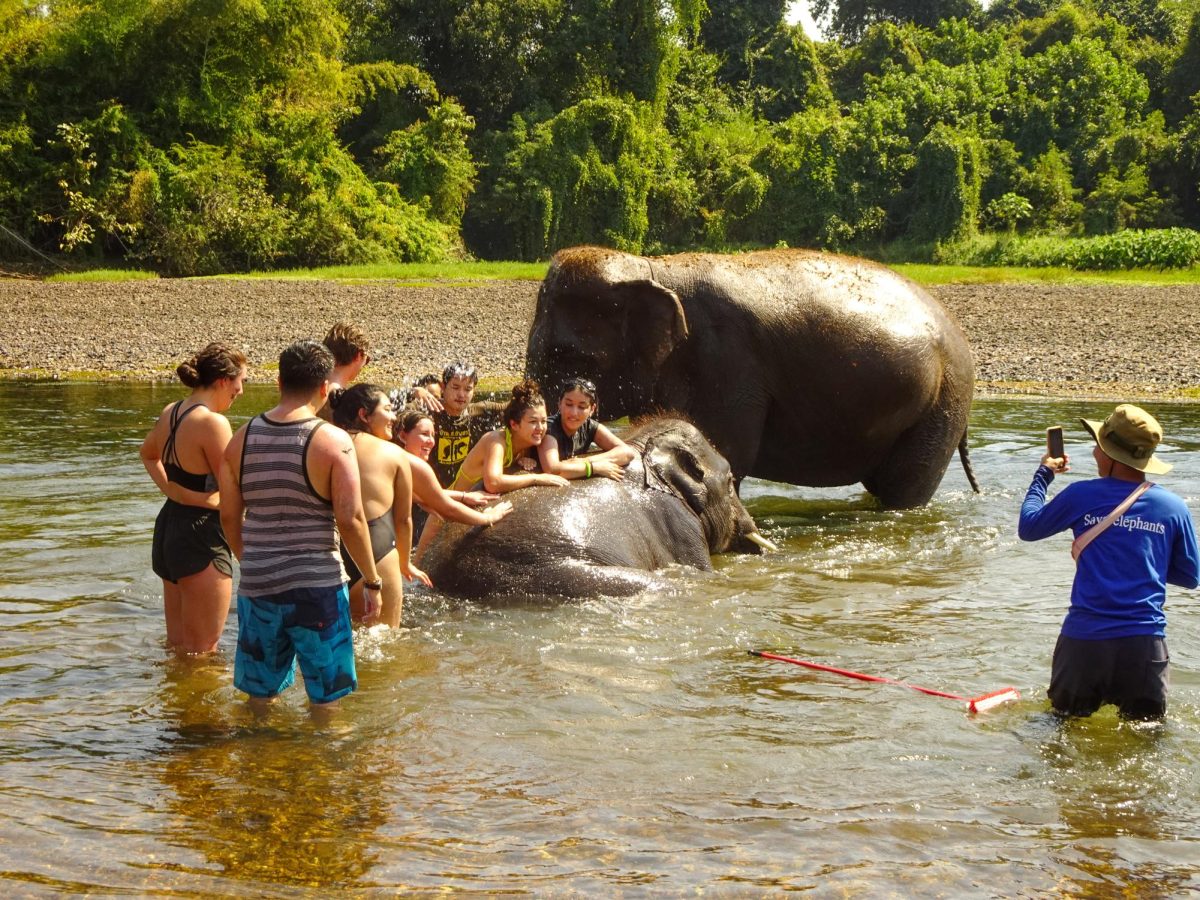 file photo
file photoPaddling out may not be the only challenge for some San Diego surfers.
On some beaches, surfers who have an attachment to a spot may prevent other people from using it. Examples of these hostile locals have been made famous in Hollywood movies, where surfers would fight to keep their beaches secret. But these are often small communities, with a lower number of people accessing the surf. San Diego has a different situation.
Unlike other cities, localism in San Diego exists because there are so many people.
“Waves are a commodity,” said one surfer who did not want his name to be used. “It’s not like snowboarding or skiing where you can go down the mountain over and over again.”
He surfs at South Mission Jetty, a section of Mission Beach with a reputation for stern locals. He said he grew up in the area and has surfed the jetty for a long time.
Despite his local status, he said that even he is not allowed to take every wave he wants. There are other older surfers who have first pick. Another surfer, who called himself Bill, agreed.
“There’s a pecking order,” Bill said. “You go by yourself and paddle out by yourself.”
Aaron Taylor, a senior at San Diego State, learned this lesson his first year at the university. He had years of surfing experience before coming to SDSU, but he didn’t know about the unwritten rules.
He began finding lots of places to surf in San Diego. The jetty was especially good.
“Originally surfing there my freshman year of college, I could surf there however I wanted,” Taylor said. “As the season started getting better, so did the wave.
“I started surfing it, no big deal, got a lot of good waves.”
There wasn’t a problem until Taylor began spreading the word. He brought a number of his friends to the beach.
“We got ‘Please do not bring so many people here’ written on our back window ? in wax,” Taylor said.
Even though he’s been on the receiving end of the hostility, he is still understanding and respectful of local surfers. He stopped bringing as many people, but on three different days he returned to find the air let out of his car’s tires.
“But then I kind of got smart,” Taylor said. “I understand now how the localism works there.
“I know who to look out for, who to be cautious around and when not to surf it. So those things help me avoid getting my car messed up.”
“It’s a free country; it’s a public place,” Lt. John Greenhalgh of the San Diego Lifegaurds said. “Our whole thing is to make sure that everyone at the beach is having a good time.”
Greenhalgh said that all beach users are given the same treatment. He recognizes that there are confrontations between surfers. If there is a crime committed on the beach or in the water, it is handled the same way and, at times, lifeguards will call the police.
Greenhalgh said surfers should learn proper technique and respect when out in the water, such as knowing who has the right of way when dropping in; it’s the advice he gives to his kids.
A few days after the local surfers were interviewed, a storm hit San Diego. A giant wave swept over the embankment and went through the parking lot. Some brave surfers were surfing waves that were actually barreling inside the channel.
A few of the local surfers gathered on the rocks, talking about other big waves they remembered. In that context, there is a feeling of camaraderie – an inverse of the hostility felt by outsiders.
Both Bill, the local, and Taylor, who is not one, agree that with time, dedication and respect for other surfers, anybody can become a “local.” After all, there was a day when those locals surfed the jetty for the first time.
To plan ahead before surfing, go to www.wannasurf.com or www.surfline.com.






